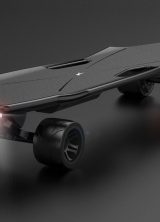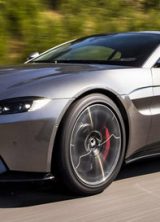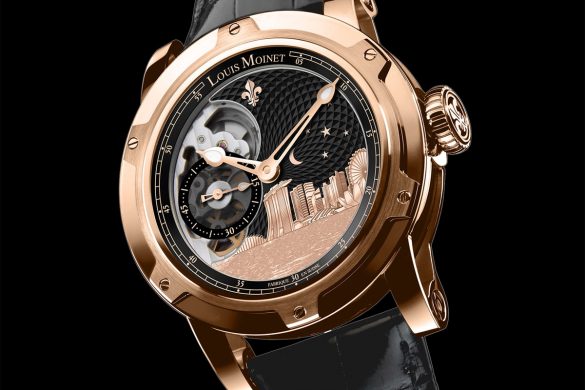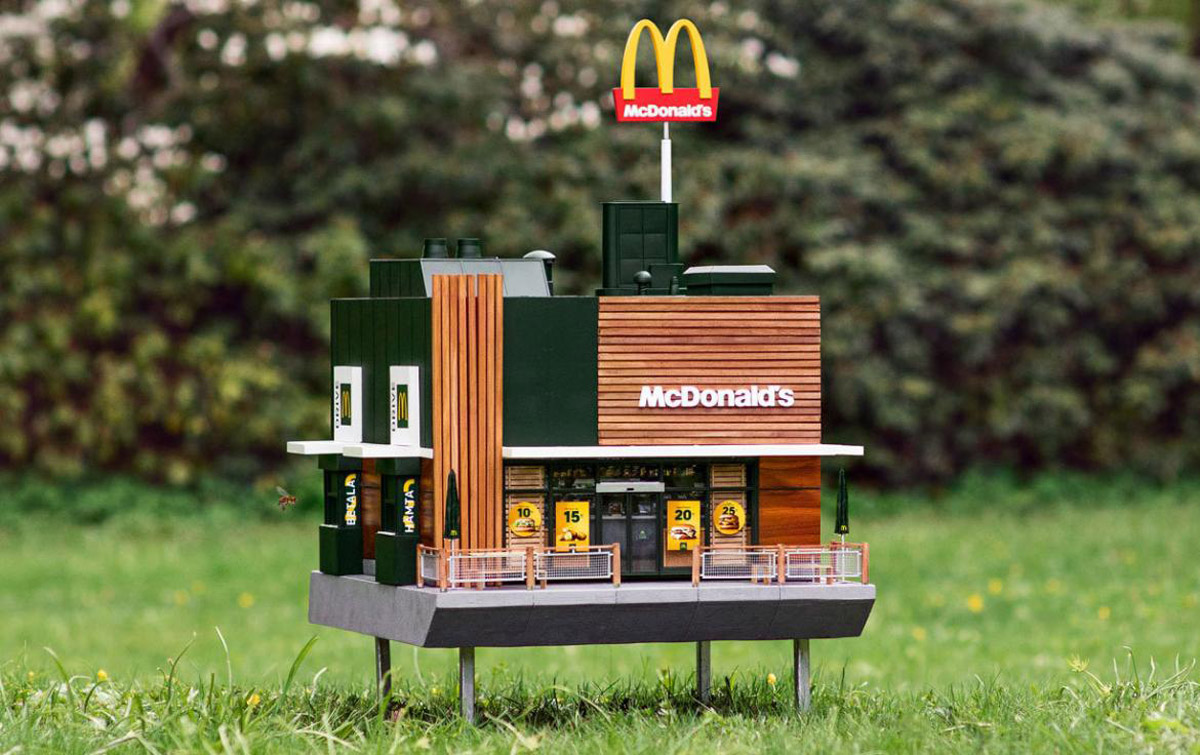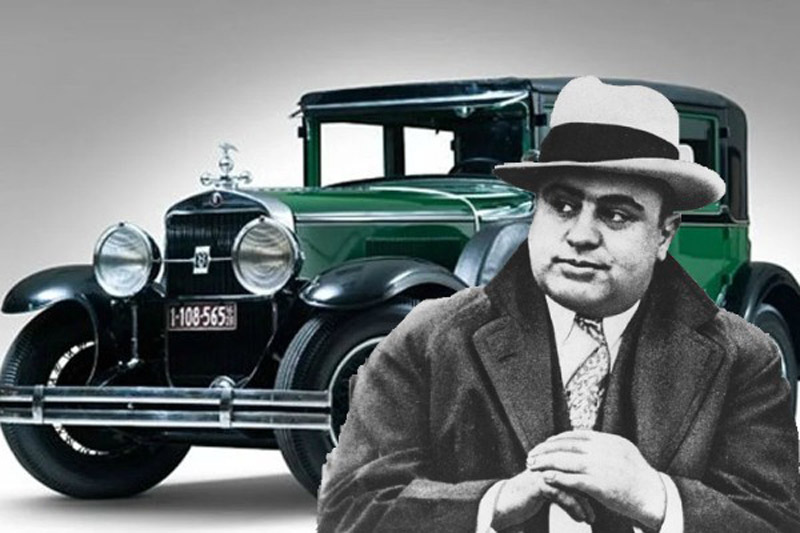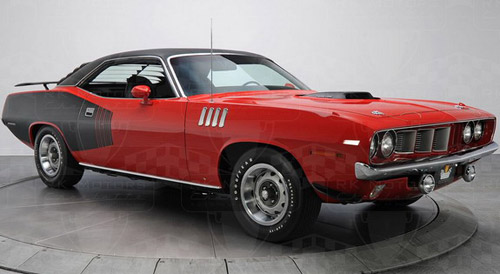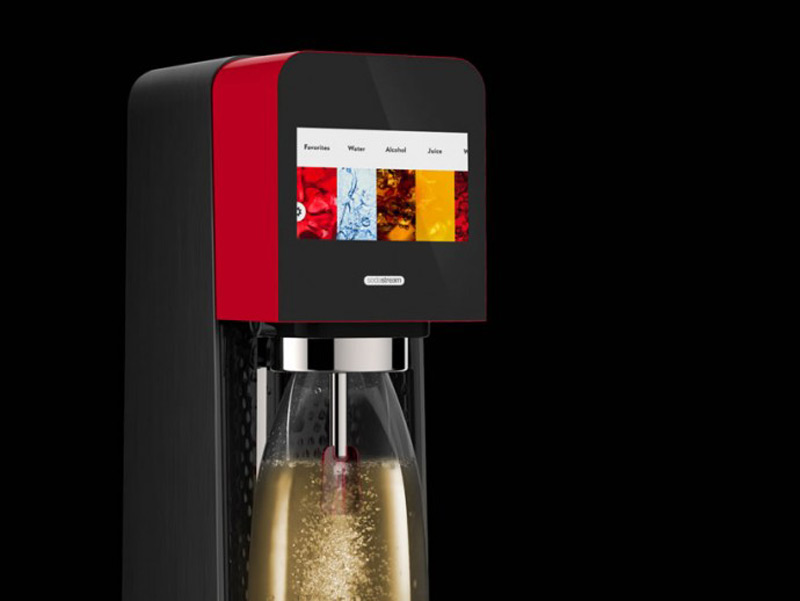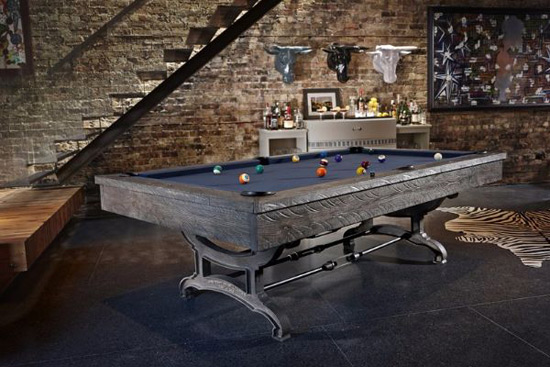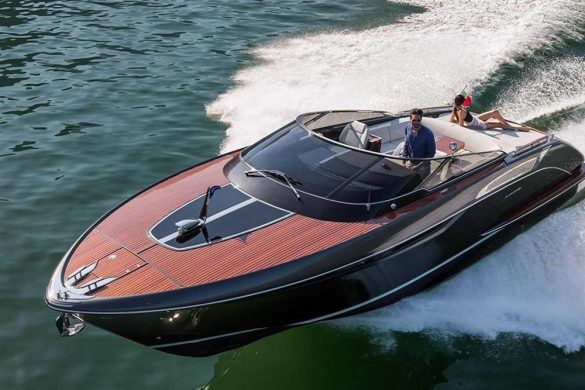During the Global Superyacht Forum (GSF) in Amsterdam, Rolls-Royce has unveiled a ground-breaking luxury yacht concept designed to showcase the advantages of advanced ship intelligence solutions and hybrid propulsion based on LNG fuel and battery power in the marine leisure market.
Dubbed Crystal Blue, a 62m/203ft expedition yacht can accommodate 12 guests and 12 crewmembers and this design could be built from either aluminium or composites as required.
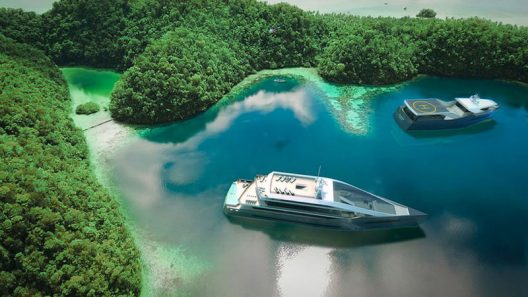
Crystal Blue
One of the many novel features is the use of an intelligent dynamic positioning system which automatically controls twin azimuthing thrusters and a TT1100 bow thruster – technology that is usually found on offshore support vessels that must maintain their positions next to oil rigs to within a couple of metres. On board Crystal Blue, however, this system allows the yacht to remain in the right spot on the water – without using an anchor – and ‘follow the sun’ across the sky to ensure sunbathers can enjoy the “optimum tanning angle” while lounging on deck.
At first glance, it seems Rolls-Royce has forgotten to include a bridge in the design but, as Levander explains, “it’s just been moved”.
The bridge console is based on the Unified Bridge design that Rolls-Royce has already delivered to a number of ship types, including large superyachts. It also features technology Rolls-Royce and Svitzer demonstrated in the first remote controlled commercial tug earlier this year.
The Rolls-Royce Blue Ocean team has also incorporated some novel safety features into the design, namely a ‘safe room’; a citadel in which guests and crew can seek refuge in the event of an unauthorised boarding. Once inside, the crew can override the controls and operate the yacht remotely or direct a shore-based centre to pilot the vessel.
The machinery consists of twin LNG-fuelled 16V4000 MTU M65-N generator sets working in parallel with a battery bank to provide 1MWh of genset-free power during port stays. Two low-weight carbon Azipull thrusters provide propulsive power to achieve maximum service speeds of 20 knots.
Although LNG fuel is increasingly specified for commercial vessels, particularly coastal ferries, the size of the fuel tanks and a lack of LNG bunkering infrastructure has been a major barrier to the yacht sector embracing the cleaner, odourless fuel.
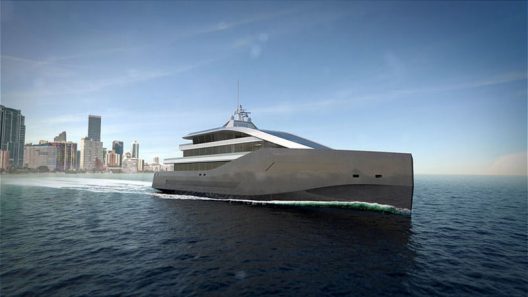
Crystal Blue

